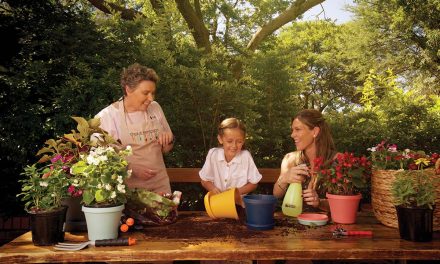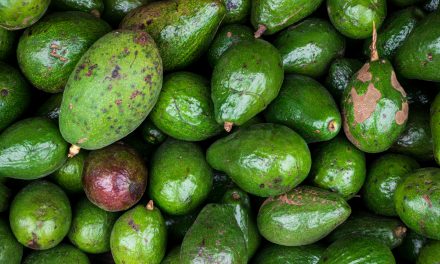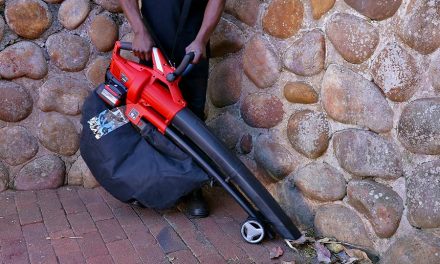Superfoods
Learn how and why you should grow kale in your garden.
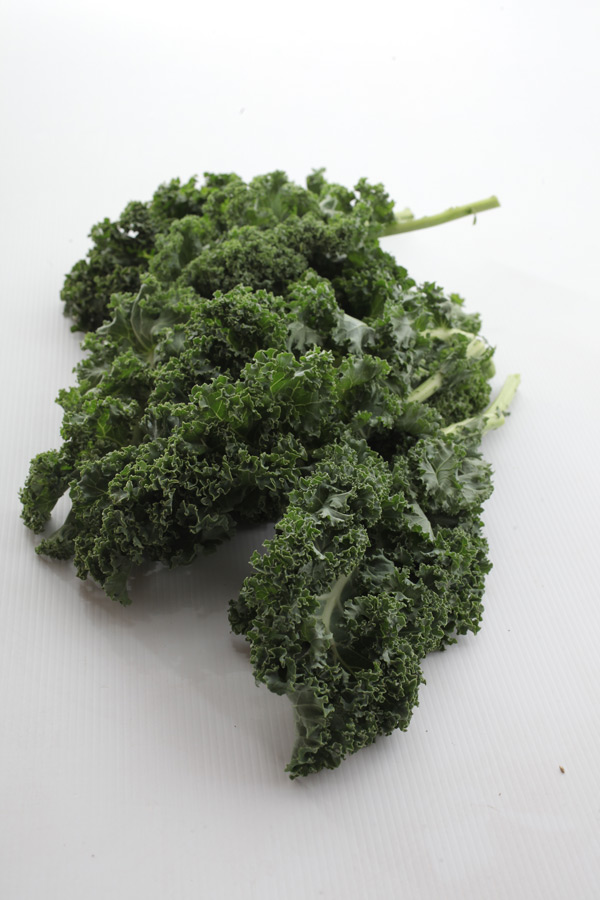
From zero to hero
Thanks to a massive PR success, kale has gone from being right off the edible gardener’s radar to one of the most talked about veggies out there.
Ten years ago no one would have thought of planting kale in the veggie garden with the thought of eating it – the only kale we planted was ornamental, with those pretty rosettes that add colour and texture to the garden. Today kale is everywhere, championed as the new superfood that we should all be eating. So how did this change come about?
Take one PR guru who wants to make kale cool and a campaign that infiltrated the fashion, music and restaurant business and you have your answer. When Beyonce wore a sweatshirt with ‘Kale’ written on it in one of her music videos and Gwenyth Paltrow made kale chips on the show Ellen, people noticed. These moments were disseminated through social media, and the result was kale going from ornamental garden plant to heralded superfood. In fact, since 2013 the US has celebrated National Kale Day every October.
Celebrity chefs have also taken tokale, so there are countless recipes out there on how to make this healthy green a tasty one too. In fact, we tried deep fried kale with salt and it was quite delicious. Not perhaps what the health nuts would recommend, but tasty nonetheless.
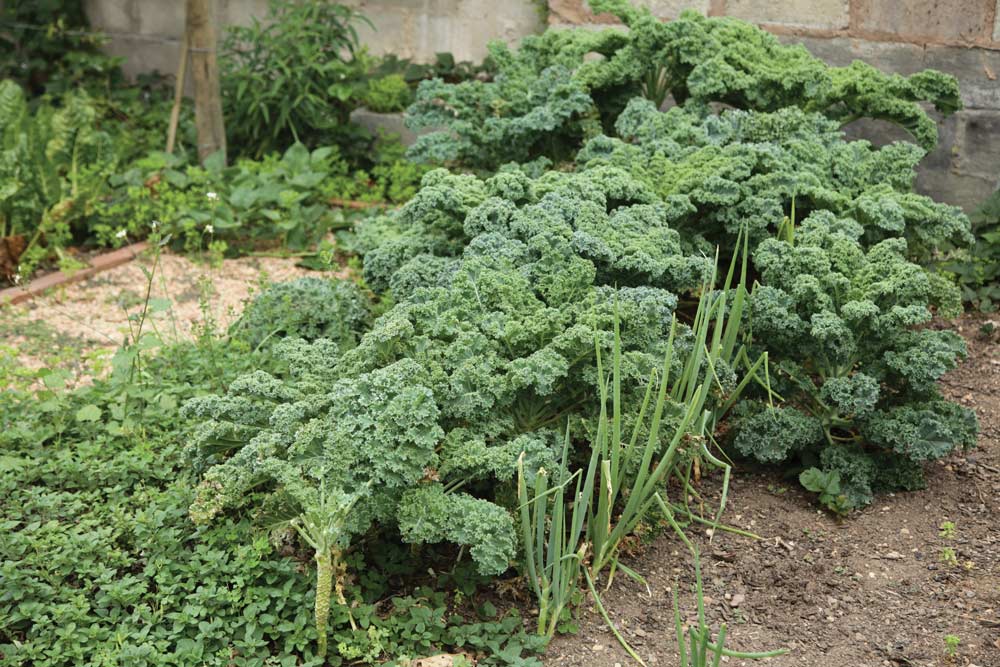
So why is kale good for us?
In brief, kale is high in fibre as well as vitamins C, A and K, and contains more calcium, per gram, than milk. It is full of iron (reputedly more so than red meat) and contains antioxidants that help prevent cancer. It also has anti-inflammatory properties.
Any vegetable that is bitter is good for your liver. With kale being arguably the bitterest leafy green, it is good for removing fat from the liver, decongesting the gallbladder, and helping make more bile, which in turn makes your entire system healthier.
However, sufferers from irritable bowel syndrome are advised to avoid it because the very high fibre content can cause bloating. Raw kale (but not cooked kale) contains substances that can affect the functioning of the thyroid gland.
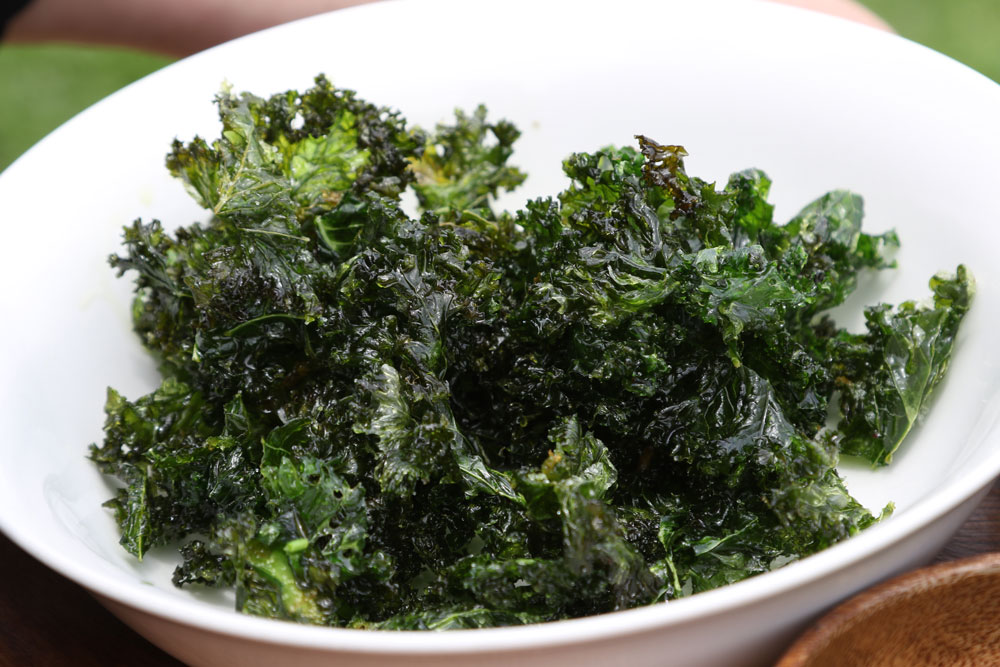
How to get kale ready to eat
Raw kale isn’t for everyone, but if you do want to eat it raw we recommend making it more palatable by adding an olive oil-based dressing. Another option is to add other ingredients, like garlic and onions, and fry it in a pan for a couple of minutes. To make kale chips, place them on a baking sheet after mixing the leaves with some olive oil, salt and pepper, and oven bake for 7 – 10 minutes at 180°C until they are crispy. You may also want to try Martha Stewarts ‘kaleslaw’, which can be found on her website. If none of these ideas are exciting enough for you, you can always hide it in a breakfast smoothie and still get the health benefits.
I must just mention that there are countries, like Germany, The Netherlands and Scotland to name a few, that have been cooking and eating kale for centuries, so some other good ideas on how to cook it can be found in their cuisines.
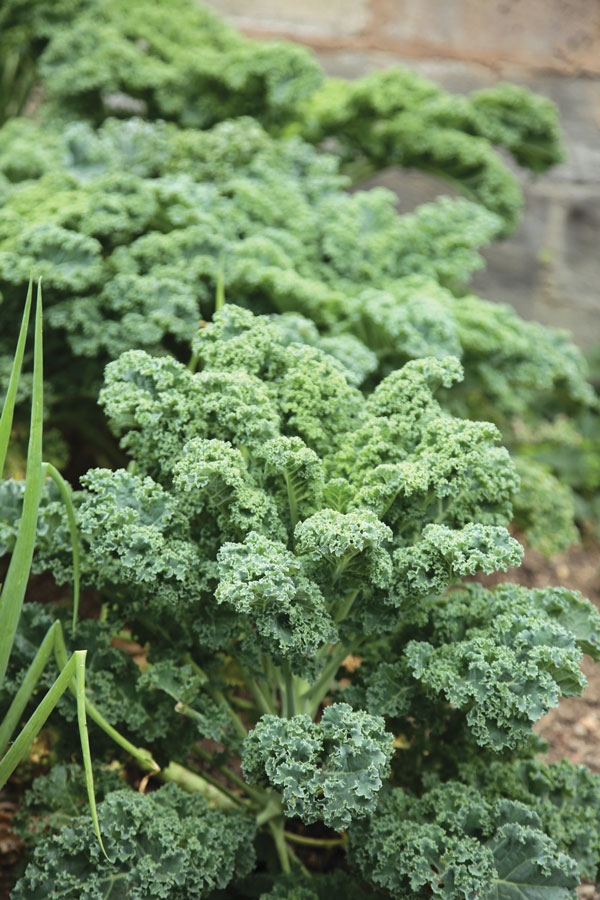
Growing
Vital statistics
Kale is easy to grow because it tolerates cold (which gives the leaves a sweeter taste), it is disease resistant and is less troubled by pests than other brassicas. It grows up to 1m, and is cultivated for its leaves that grow from a central stem and are picked from the bottom upwards, always leaving the top four leaves as the growing crown. As the stem becomes denuded of leaves, space is created for other veggies to be grown at the base, making it a real space saver in small gardens. It can also be sown in August and September as a spring crop.
Kale’s requirements
Kale grows best in fertile, well-composted soil that is slightly acidic. Full sun is ideal, but plants also tolerate partial shade. Regular, plentiful water is essential if the leaves are to be sweet and tender. Feeding monthly with a nitrogen-rich fertiliser will also boost leaf production and quality.

Kale varieties
- ‘Chou Moellier’ is a common seed-packet variety with a taste that is somewhere between cabbage and Brussels sprouts.
- ‘Black Palm’ (aka ‘Nero di Toscana’) is an Italian heirloom variety that grows year round, although it is best in winter because the cold enhances its flavour. With regular picking it starts to look like a small palm.
- ‘Dwarf Siberian’, which has very frilly leaves, is another very winter-hardy kale, originating in Russia. It is recommended for very cold areas.
- ‘Tronchuda’ is a loose-leafed variety that is associated with the Portuguese soup caldo verde. The flavour is robust and it produces an abundance of leaves that are harvested like spinach.
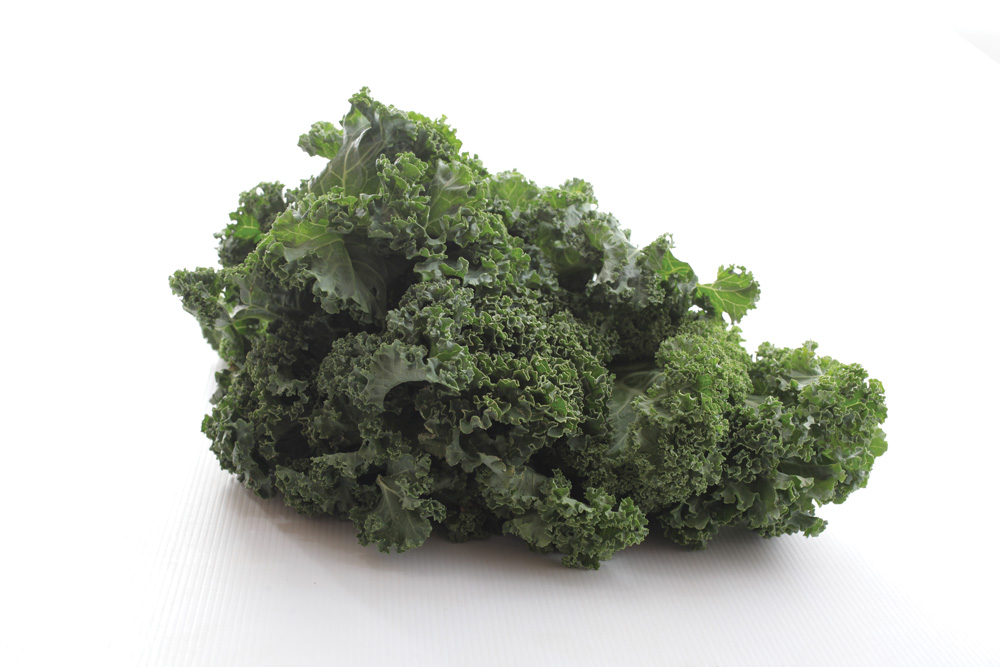
Getting started
Kale seed is best started in seed trays and then transplanted once plants are 10cm high (and have two true leaves). Space plants 45 – 50cm apart and in rows 60cm apart. After transplanting, feed with a nitrogen-rich liquid fertiliser. Mulch around the plants for weed control and soil insulation in winter. As the plants grow, draw the soil up around the stems to support them.
Harvesting
Like spinach, a few leaves are picked at a time from each plant, always making sure that the top leaves are left to carry on growing. The smaller leaves can be eaten raw in salads and larger leaves can be chopped and steamed or stir-fried like spinach. Remove the tough central rib before cooking.
Leaves stored in a plastic bag in a refrigerator will last 4 – 5 days. They can also be par-cooked and frozen like spinach.

